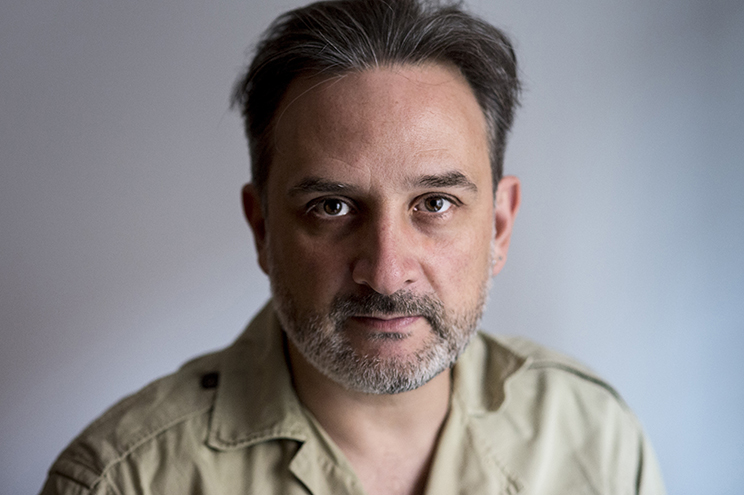


FotoEvidence's mission is to publish visual stories that inspire people to take action for human rights, and ecological and social justice, and to support the photographers who produce these stories.
Pictures alone cannot change the world, but visual stories can highlight issues, provide access and intimacy, elicit empathy, and inspire responses. The goal of FotoEvidence is to publish enduring evidence of iniustice to raise awareness and inspire action.
The FotoEvidence Association is located in France, 1 Rue du Merlan, Marseillan, 34340 (SIREN: 910871714).